In this guest blog, Agnes Abelsen from Travengers discusses how the Sunflower lanyard supports her as she travels.
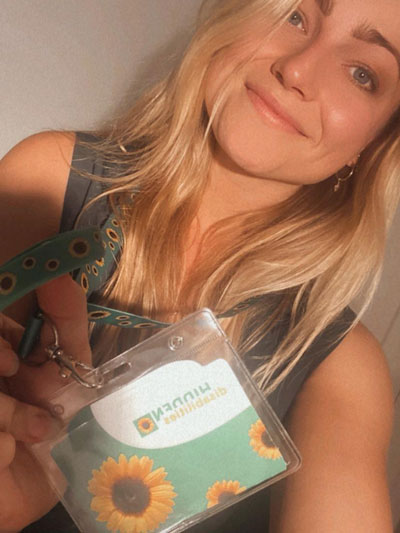
Recently, I was contacted by Sandee from Hidden Disabilities Australia and NZ. She’s in charge of the Hidden Disabilities Sunflower Lanyard program in Australia, working hard to make organisations more supportive and understanding of people with hidden disabilities.
A brilliant initiative if you ask me.
“The Hidden Disabilities Sunflower lanyard scheme is an initiative designed to act as a discrete sign that somebody has a hidden disability and requires additional assistance while out in public”.
So on my latest journey, I tried wearing the Sunflower accessories. I wore it to Sydney airport; one bracelet, and one lanyard around my neck – just to be sure. And they’re actually really good looking accessories!
I arrived at the airport in the evening around 6pm, and it was quite calm. I didn’t go through the main entrance, as I was dropped off all the way down at gate K at the end of the international airport. There weren’t any airport staff there other than the staff of the airline I was travelling with.
I
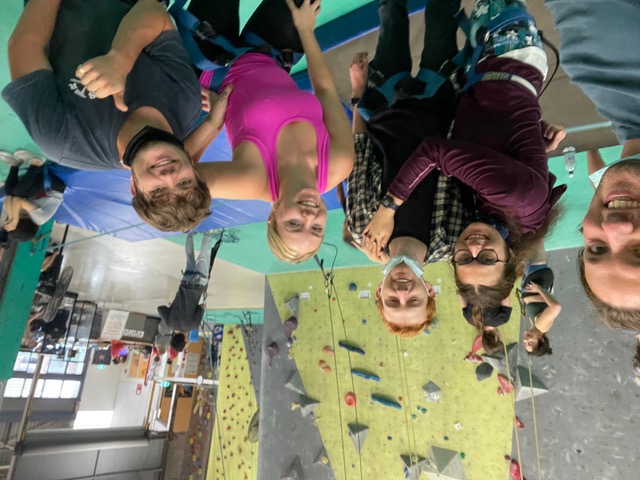
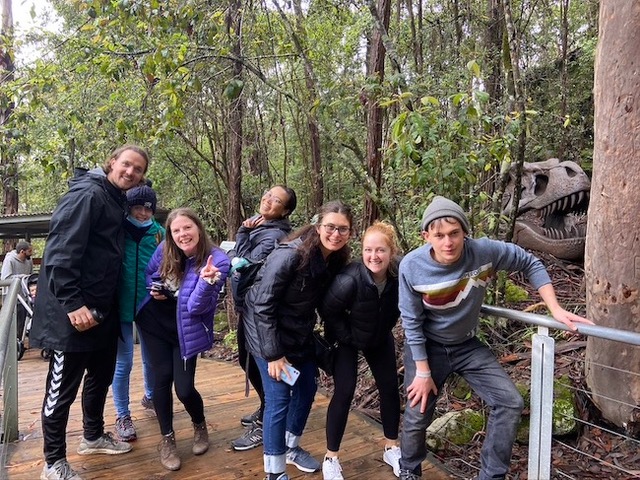
When I got up to the bag drop, I asked the friendly lady from the airline if she knew about the Sunflower Lanyard, and she said she didn’t.
I still moved on feeling at ease, and especially when entering the rather intimidating pass control. The staff at the entrance seemed like she noticed my lanyard, but didn’t say anything, just guided me into the control area.
The same thing happened during security.
After all four check-ins (airline check-in, bag drop, passport control and security check) I followed the signs to find my gate. As it was quite late, it was pretty calm, with many closed stores.
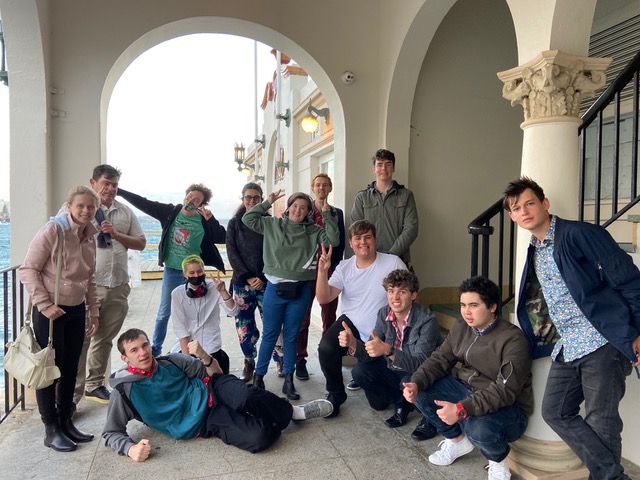
I entered the large hall filled with luxury stores, and the strong smell of perfume hit me like a wall. If I had a sensory sensitivity towards smell, or even issues with asthma or allergies, I can imagine this being an unpleasant surprise.
I can see how a sensory map placed at the airport entrance, with clear signage, could have helped prepare for this, as well as for easier navigation, or to point out busy or noisy areas.
When I got to the gate, I already knew the airline staff weren’t trained in the Sunflower scheme, so I didn’t expect it to be recognised at that point. But if any issues would have arised, or if for some reason I lost the ability to react or speak, I still would have had my lanyard discretely saying “Hidden disabilities” on one side, and my name and support needs on the other.
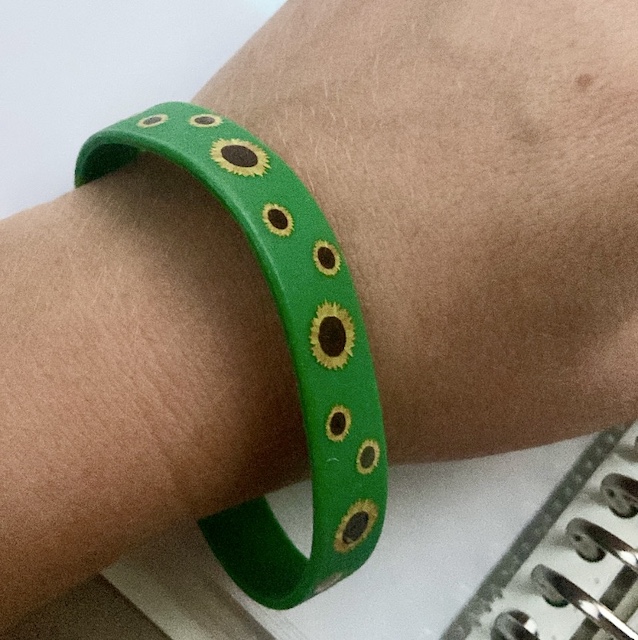
So here are my key takeaways:
- The Sunflower Lanyard made me feel at ease at the airport, regardless of extra support
- The Sunflower Lanyard Scheme is meant for people with hidden disabilities to be able to wear, and for staff to discretely support, by showing patience, or asking questions such as:
- Sensory maps should absolutely be a thing at all airports, both on website, and available as printed copies at main entrances. Including where to find a Hidden Disabilities Sunflower Lanyard at the airport.
- It would be ideal if airline staff were educated as well
- The Sunflower Lanyard is more broadly known in the UK and in some areas of Europe, but it is becoming increasingly known in Sydney, being supported by Sydney, Perth and Gold Coast airports, City of Melbourne and Transport NSW to name a few. And more is coming!
Find out more about Travengers - supported travel and social events for young adults on the autism spectrum or with hidden disabilities.



